Vintage Treasures: Unknown and Unknown Worlds, edited by Stanley Schmidt
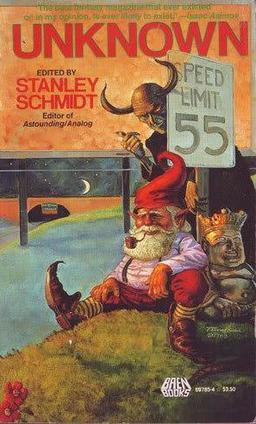 I intended to post a brief article on Echoes of Valor II today, continuing the series as promised after I covered the first volume last week.
I intended to post a brief article on Echoes of Valor II today, continuing the series as promised after I covered the first volume last week.
But the first comment on that article, from BG blogger Thomas Parker, was:
Isn’t it time for someone to do some anthologies from Unknown? (Have there been any since the old Pyramid paperbacks?)
Thomas is talking about two paperback anthologies edited by western author D.R. Bensen, The Unknown (1963) and its sequel The Unknown 5 (1964), which collected stories from Unknown magazine. I covered the 1978 Jove reprints of both books in a lengthy Vintage Treasures post last December.
I was pretty sure the answer was no — there haven’t been any other paperback anthologies collecting tales from Unknown. But before I could open my mouth, Keith West posted the following comment:
Baen published a collection of stories from Unknown entitled Unknown in 1988. It was edited by Stanley Schmidt with a Thomas Kidd cover and contained 9 stories…
Galahad Books, which is a British publisher IIRC, published a substantial hardback, also in 1988, entitled Unknown Worlds Tales from Beyond. It had a blah cover but contained 25 stories. I think I picked my copy up in either a Waldenbooks or a B. Dalton’s in the remainder bin…
Keith is exactly right. I put my notes on Echoes of Valor II aside for now, and went on a hunt to find out what I could about these two Unknown anthologies.
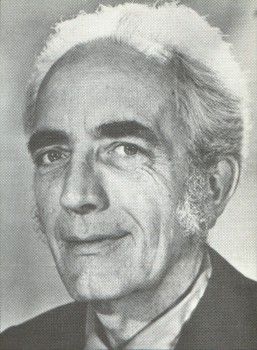
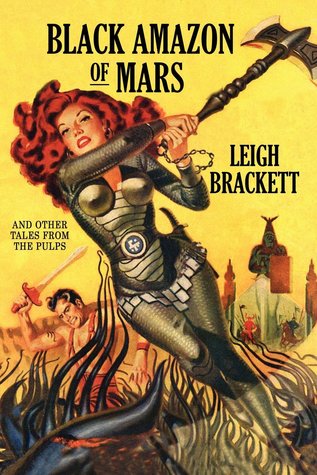
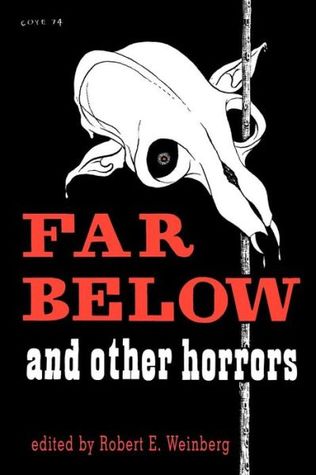
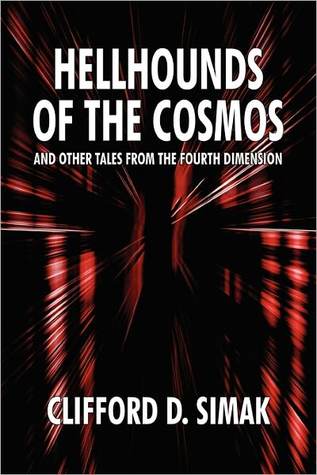
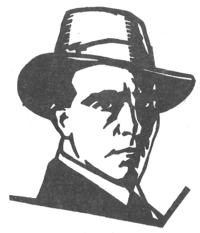
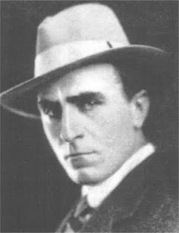
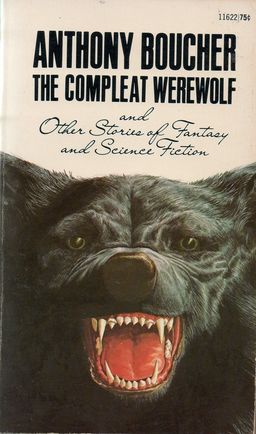
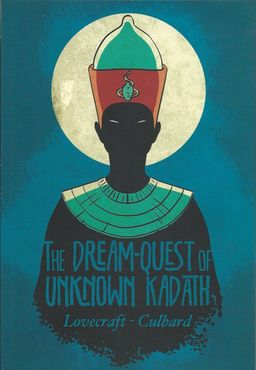

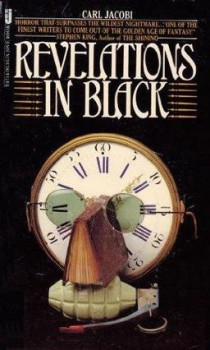
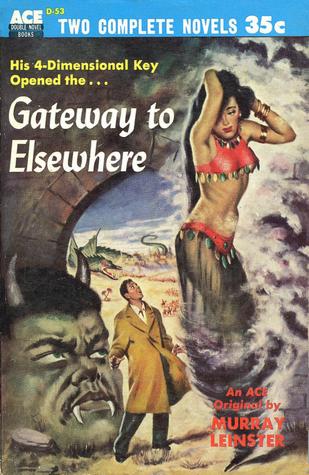
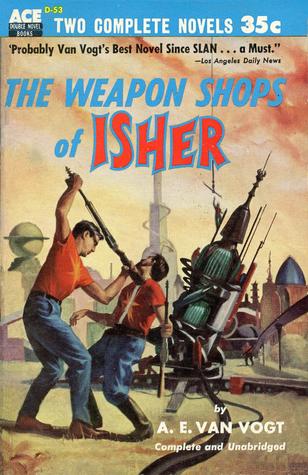
 It’s been a while since I posted anything here at Black Gate. There’s no one reason; a number of things have kept me busy or occupied, most recently a persistent head cold and ear infection. I mention this because being under the weather has indirectly to do with the following post. Firstly, being sick led me to watch some TV shows which I now want to write a bit about. Secondly, my mental state shaped the way I thought about what I experienced; I can only hope now to capture the sense of coherence I had then. This essay will be more shapeless than usual, I’m afraid, an attempt to explain the connections that drifted through my mind between Alan Moore, Doc Savage, and Scooby Doo, among others.
It’s been a while since I posted anything here at Black Gate. There’s no one reason; a number of things have kept me busy or occupied, most recently a persistent head cold and ear infection. I mention this because being under the weather has indirectly to do with the following post. Firstly, being sick led me to watch some TV shows which I now want to write a bit about. Secondly, my mental state shaped the way I thought about what I experienced; I can only hope now to capture the sense of coherence I had then. This essay will be more shapeless than usual, I’m afraid, an attempt to explain the connections that drifted through my mind between Alan Moore, Doc Savage, and Scooby Doo, among others.